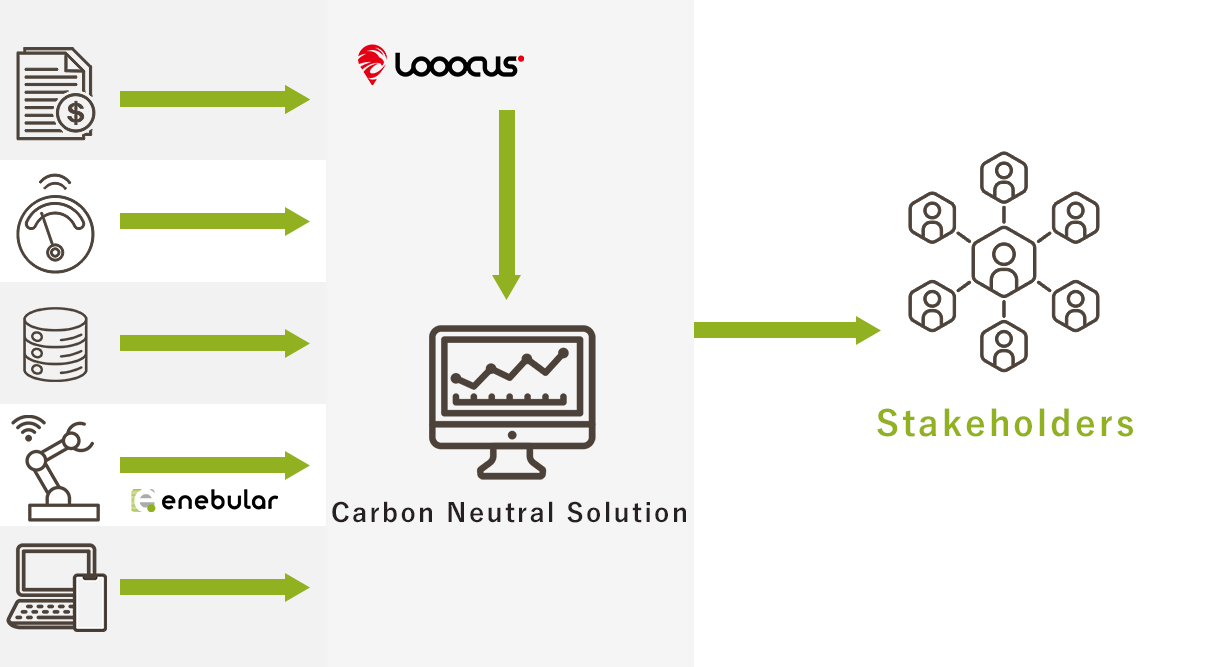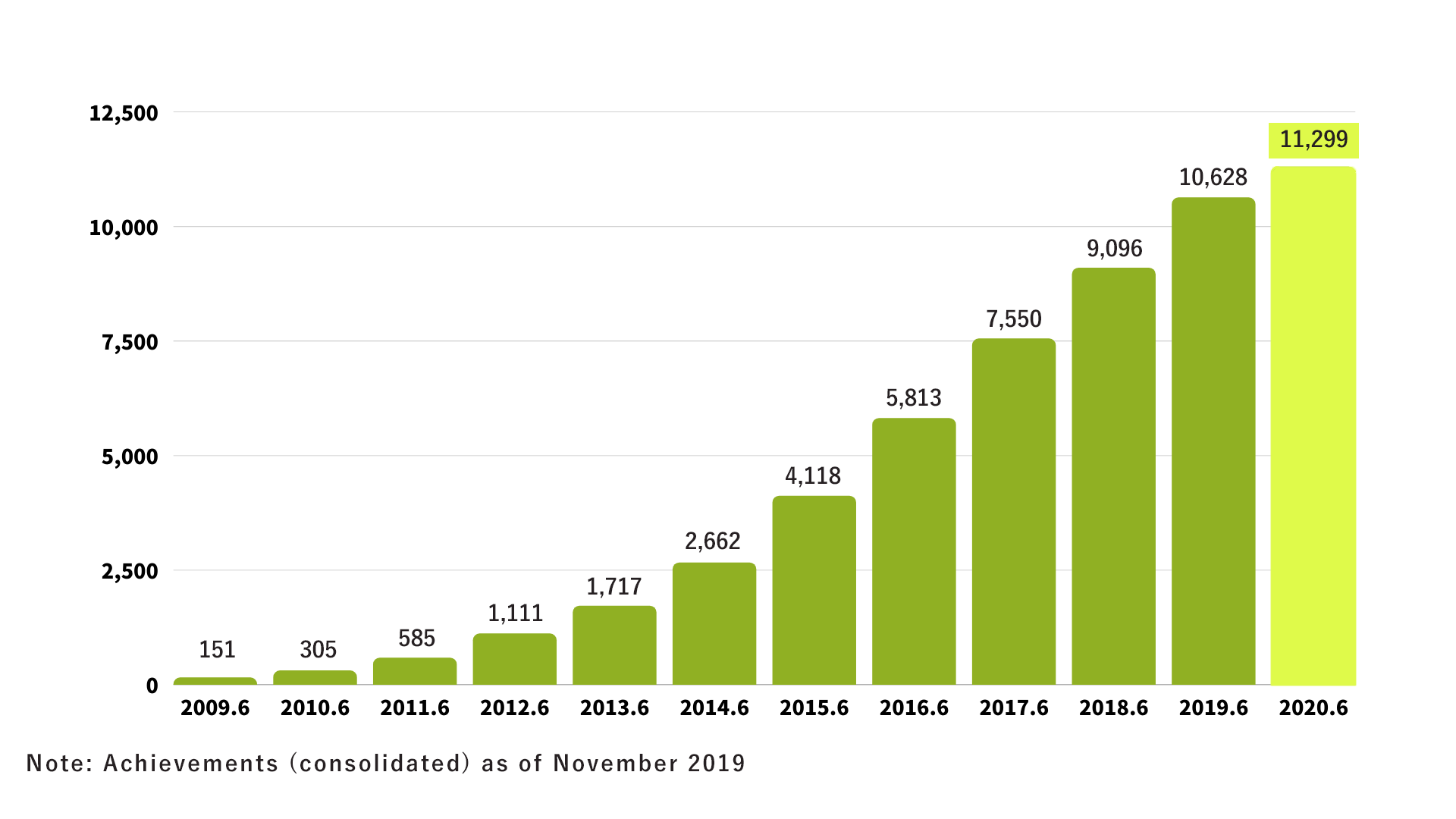Background
With the adoption of the Paris Agreement in 2015, measures to counter climate change have gained momentum globally. In Japan as well, Prime Minister Suga declared in 2020 that Japan would be carbon neutral by 2050, and reduction of greenhouse gas (GHG) emissions has become an urgent issue for companies, requiring concrete actions. In order to reduce emissions, it is essential to have an accurate grasp of how much is [currently] being emitted. Business activities are connected to supply chains though purchasing and sales, so in order to understand and manage a company’s emissions, it is important to understand not only the company’s own emissions, but also GHG emissions in the supply chain.
What is the Visualization of GHG Emissions?
Procurement, production, distribution, sales and disposal are all part of a product’s total lifecycle and GHG emissions are produced at each stage. Calculating those gives a picture of the overall GHG emissions in a company’s supply chain. This makes it possible to identify which actions can be expected to have the greatest impact on reducing emissions, provide hints for areas to collaborate with other businesses (in the supply chain) and effectively promote actions geared toward reducing GHG emissions.
Emissions from the supply chain are divided into the following globally standardized categories:
- Scope 1
- Direct GHG Emissions
(A company’s own emissions from burning fuel or industrial processes)
- Scope 2
- Electricity indirect GHG emissions
(emissions from the generation of purchased electricity)
- Scope 3
- Other indirect GHG emissions
(emissions outside of Scope 1 & 2 that are generated by 3rd parties used in the company’s operations)
Source: Japan’s Ministry of Environment & METI Green Value Chain Platform
What is a Carbon Neutral Solution?
It is a solution to visualize GHG emissions for companies aiming for carbon neutrality to support reduction activities. Traditionally, it has been extremely difficult to aggregate from multiple spreadsheets, disjointed systems or even a complete lack of data. Going forward, more accurate data will be required by companies that wish to focus on specific reduction activities.
At Uhuru, we are leveraging our expertise in cloud integration and IoT development to provide a solution to solve this problem. We provide insights that we are able to extract from accumulating reliable data to help companies make appropriate decisions about de-carbonization. We also planning services for the entire carbon management process, such as carbon offsetting, to contribute to creating a sustainable society.

About our Company’s Efforts
Uhuru’s management philosophy is to realize a sustainable society through technology and outside-the-box thinking. That includes the need to transparently disclosing various information to our stakeholders — customers, shareholders, employees, which is why we embarked on this effort to calculate our own emissions and work on reduction activities. Going forward, we will actively strive to work on emission reduction measures and actively consider participating in various organizations working on climate change measures.
Track Record
Uhuru has been working with salesforce.com’s partner business since 2008. Domestically, we are in the top class of partners, having experience working on over 10,000 projects.*

In addition, using Salesforce internally gives Uhuru an abundance of accumulated utilization knowledge, which we are able leverage to provide services from practical use cases. Based on our own experience and accumulated knowledge, combined with other services, we provide solutions for a variety of challenges faced by companies and society, while collaborating with our stakeholders to contribute to a sustainable society.
If you are interested in Salesforce business or Carbon Neutral Solutions, please contact Uhuru.
* Tabulation of Salesforce projects worked on by Uhuru
